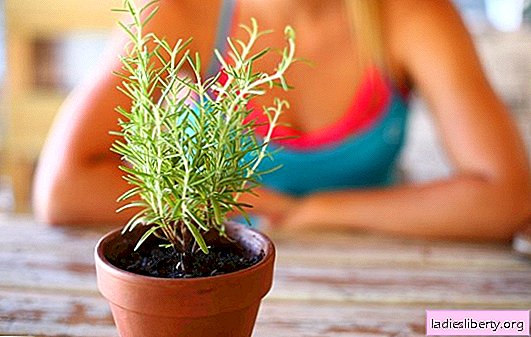
Kalgan - general description
Kalgan (another name: erect cinquefoil) refers to the species of perennial plants of the genus Cinquefoil, family pink. Kalgan has a powerful branched, unevenly thickened rhizome, from which thin, branched-forked stems depart. Stem leaves are short-sessile or sessile, wedge-serrate.
At the ends of low (from 10 to 40 cm) stems small single flowers with four yellow petals are concentrated. Kalang blooms from early spring to early summer. Fruits - ovoid nuts - ripen, as a rule, in September.
Kalgan - places of growth
The genus Cinquefoil, living in natural conditions throughout the Earth, has about 150 species. Kalgan is distributed mainly in Eurasia. Its areas are Western Asia, the whole of Europe and the Caucasus. In Russia, it stretches from the Kaliningrad region to Altai itself, preferring moist soils, open areas and good lighting. Willingly settles in forest glades, slopes, vacant lots, slopes and pastures.
Kalgan - healing properties
Kalgan - a "friend" of the stomach, contains a catechin tanning agent, which has a beneficial effect on the entire gastrointestinal tract, including the muscular organ - the stomach. Also, the plant is rich in other types of tannins, glycosides, flavonoids, flobafen (has an antibacterial property), resin, ellagic and quinic acid, essential oils.
The medicinal plant has anti-inflammatory, astringent, bactericidal, hemostatic effects. Therefore, it is widely used to treat flatulence, enterocolitis, gastritis, peptic ulcer, stomach, intestinal and uterine bleeding, cystitis, dysentery and diarrhea.
As an external remedy, galangal is adapted to rinse bleeding gums, an sore throat with angina, and a decoction of the roots in the form of lotions rescues from frostbite, poorly healing wounds, burns and hemorrhoids. To prevent bad breath, the plants brush their teeth by mixing them with regular toothpaste. Kalgan root extract is found in many herbal teas and medicinal preparations.
Kalgan - dosage forms
The used part of the galangal is the rhizome. Dig and harvest it in early autumn or throughout spring. They are cleaned of impurities and soil residues with hard brushes, washing in clean cold water. Small root cracks can remain uncleaned, so after drying, it is necessary to shake the raw materials on iron gratings to get rid of the remaining particles of unnecessary dirt.
The rhizome needs to be dried quickly, so it is laid out in a thin layer in the sun or on top of heated stoves. From the finished extract make teas, tinctures, decoctions and powder.
Kalgan - recipes of traditional medicine
Antidiarrheal tea: a teaspoon of rhizome is added to boiling water (150-200 ml), simmered over low heat for about ten minutes, filtered hot and drunk 3 cups a day without sugar. With this tea, you can gargle with inflammation of the tonsils several times a day.
Decoction for the treatment of gastrointestinal diseases, elimination of bleeding: pour two teaspoons of rhizomes with water (250 ml), boil and hold on fire for 15-20 minutes. Then squeeze, bring to 250 ml of volume with warm boiled water and use the broth on the table. spoon three times a day for an hour or an hour after a meal.
Tincture for internal bleeding: 5 table. tablespoons of crushed galangal root extract is poured with 40% vodka (500 ml), insisted for 12-16 days, then it is necessary to filter and squeeze the raw materials. They drink one second glass three r. per day 20 minutes before eating food. For rinsing and bathing, tincture (2 teaspoons) is diluted in half a liter of water and used for the right purpose.
Kalgan - contraindications
No contraindications noted. Tincture can not be used during pregnancy, children and people prone to alcoholism. An overdose of galangal can cause severe abdominal pain and vomiting.
Comments











